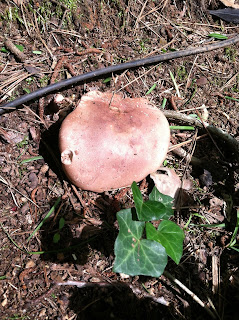CAM plant - cam plants are plants whose stomata remain shut during the day In order to reduce evaporation and transpiration (evaportransperstion) and so it can collect more CO2 at night. Aloe Vera is an example of a CAM plant.
C3 plant - c3 plants take in CO2 and convert the CO2 and Ribulose-1,5-bisphosphate into 3-Phosphoglyceric acid. Carrots are an example of a C3 plant
Fermentation - fermentation is the process of converting sugars into
Acids or alcohol. Yeast is used to convert to sugars in grapes into wine
Autotroph - an autotroph is an organism that makes it's own food. This flower makes it's own food through photosynthesis.
Population - a population is a group of organisms living together In the same Area. Here is a ton of people living together at the beach!








































